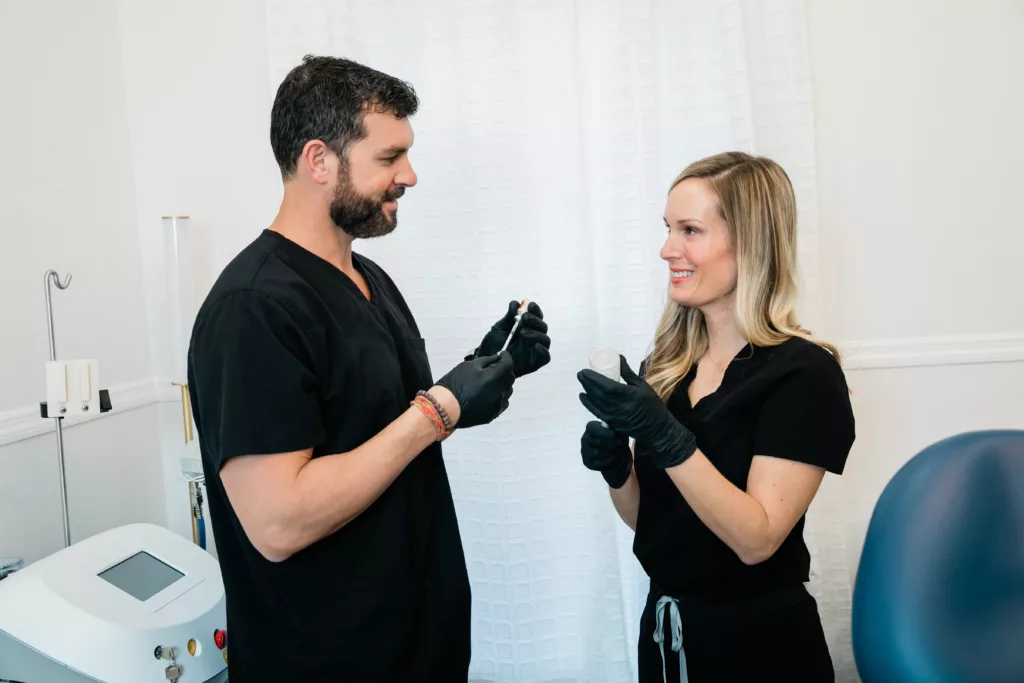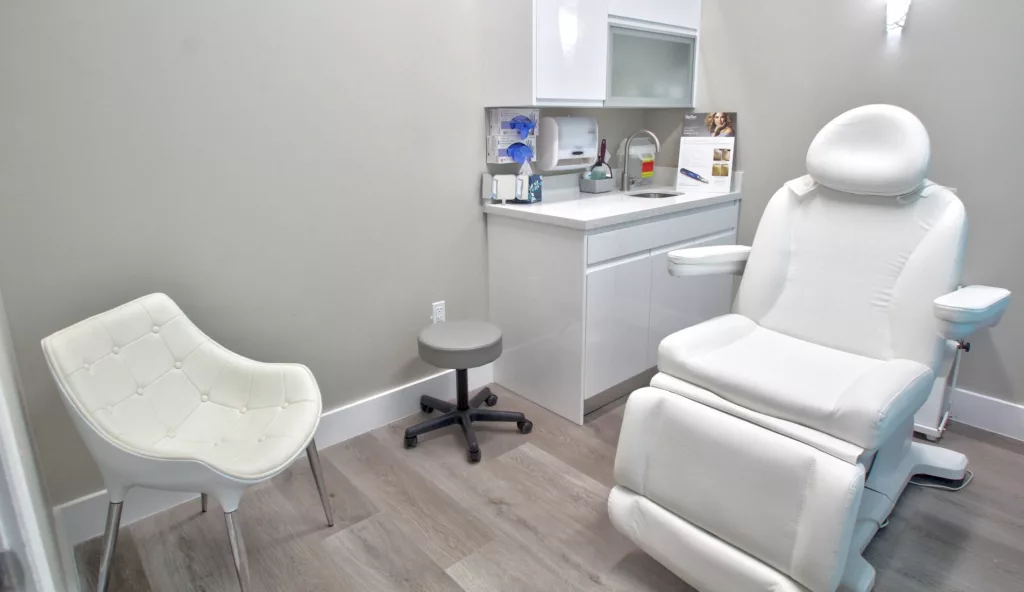Keep Your Cards Close to Your Chest
Keep the circle of people who know you are considering selling very small – preferably only people you have a professional non-disclosure relationship with like your attorney, a practice broker, and possibly your CPA.
There are many important details of a staff and patient transition to a new buyer that need to be worked out before telling either group of your plans, and you won’t have that information until you are under contract with a buyer. Staff or patients finding out early will leave them with many unanswered questions and uncertainty about their future. They will understandably look for that certainty elsewhere.
Keep Patient Flow (New and Existing) Steady or Growing
The beating heart of the value of your practice is its ability to attract and retain patients. Steady or growing patient numbers will do more than almost anything to put buyers at ease that the practice is fundamentally healthy.
Check-in On Your Profit and Loss Statement
Your profit and loss statement will be one of the most important financial reports used by buyers to evaluate your practice. Depending on if you are comfortable using your bookkeeping software or not, you may want to enlist the help of your accountant for an hour or two to dig in to understand how your expenses compare to industry standards for practices of your type. It will be money well spent.
Each type of practice has its own common ranges for common expense categories which are typically easy to find online. Typical categories include
- Staff (Wages, Benefits)
- Doctor Pay
- Facility (Rent, utilities, janitorial, repairs)
- Clinical Supplies
- Lab Expenses
- Misc Overhead and General Administrative Expenses
More than likely your expenses will not be listed exactly as above as every practice’s accounts (the expense categories shown on your Profit and Loss statement) are set up a little differently. You’ll want to check:
- That you can map your practices expense accounts on its P/L to these categories
- That the amount, expressed as a % of practice revenue, of each category is close to industry averages.
- If any category is high by over 2-3% explore the individual expenses that make up those accounts. You may find things like:
- Unused or underutilized services that can be cut
- Opportunities to renegotiate key expense contracts (lab, supplies, etc…)
- Discretionary expenses that are overstating the size of that category (car payments, for example)
- Overstaffing
Accounts Receivable Clean Up
Most billing or office management software systems will have a workflow to address the common buildup of detritus in your accounts receivable. Try breaking this into a 3 part plan:
- Understand the situation – generate an AR report from your software. Hopefully, it can show you general categories of AR by age (how long ago the charge was booked) and the amount due.
- Take care of the smallest and largest amounts first. As a general rule it’s best to send new invoices to everyone on your AR list, but be ready to write off many of the smallest balances to internal collections with your software, especially if they are years old. Next, tackle your larger balances by reviewing them and reminding them that they have an outstanding balance due.
- Integrate clean-up into your staff’s ongoing tasks over several weeks to work through all of the overdue accounts.
Patient Credits Clean Up
Do mismatches between your software and process leave small patient credits all over the place? Are any patient credits erroneous?
Run a patient credit report to see the size of the credit balance you are showing – that amount, if significant, will be deducted from the sales price of your practice. Don’t just erase patient credits that are valid, but check for errors in your process as they are more common than you might imagine.
Unscheduled Treatment and Treatment Plan Clean Up
Does your practice involve setting treatment plans for patients and/or taking pre-payments for services? Be sure you have records (either electronic or physical) of those plans and those prepayments that are clear and easy to understand.
Real Estate
If you own your real estate get value and rental comps from a CRE Broker.
If you are leasing take a look at your lease and find out what it says about assignment in the case of a sale. Your transitions broker can help you assess your lease and the options available to you for assignment.
Equipment
Discard any broken equipment but don’t upgrade anything major unless you plan to continue practicing for several years before selling or unless it is critical to the operation of your practice. Buyers will have their own preferences on equipment and typically heavily discount the value of the equipment they did not select.
Cosmetic Items
A thorough cleaning of practice is almost always a good idea.
Things like painting, replacing furniture, and repairing broken cabinets make the practice easier to sell (especially to private party buyers) but don’t count on a dollar-for-dollar recuperation of these expenses. Weigh these decisions with your broker to see if they think the time, effort, and cost will pay off in your situation and market.



